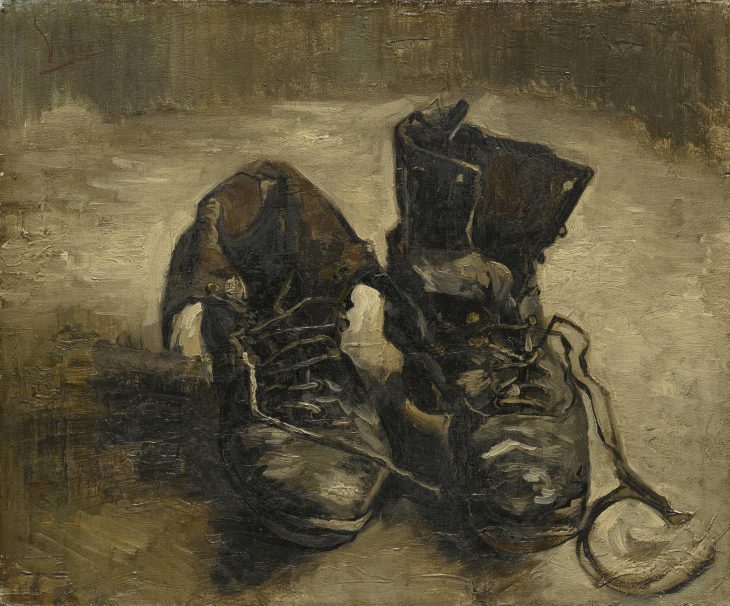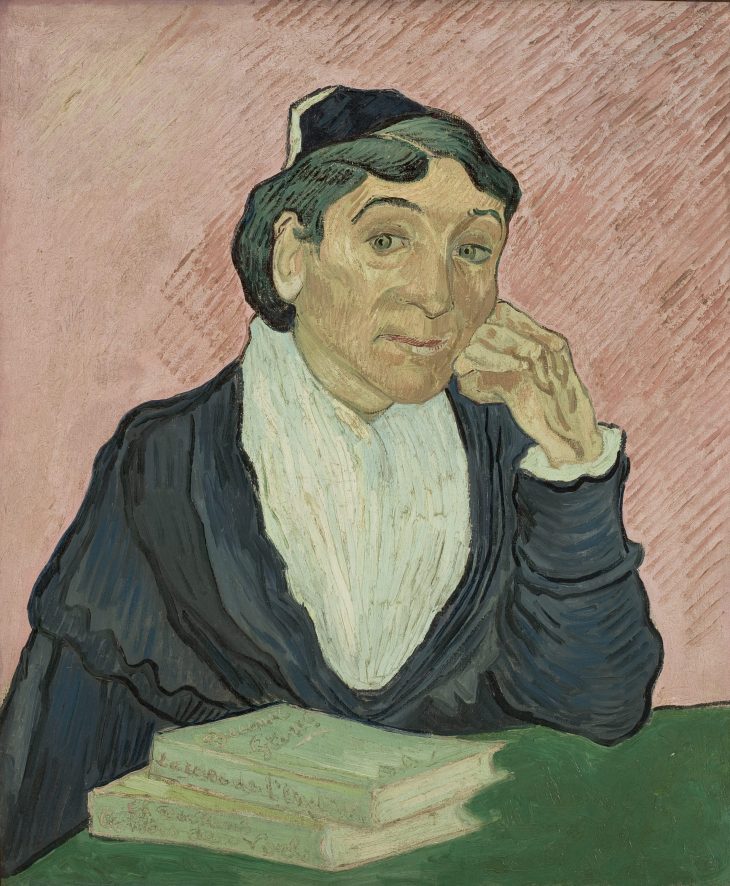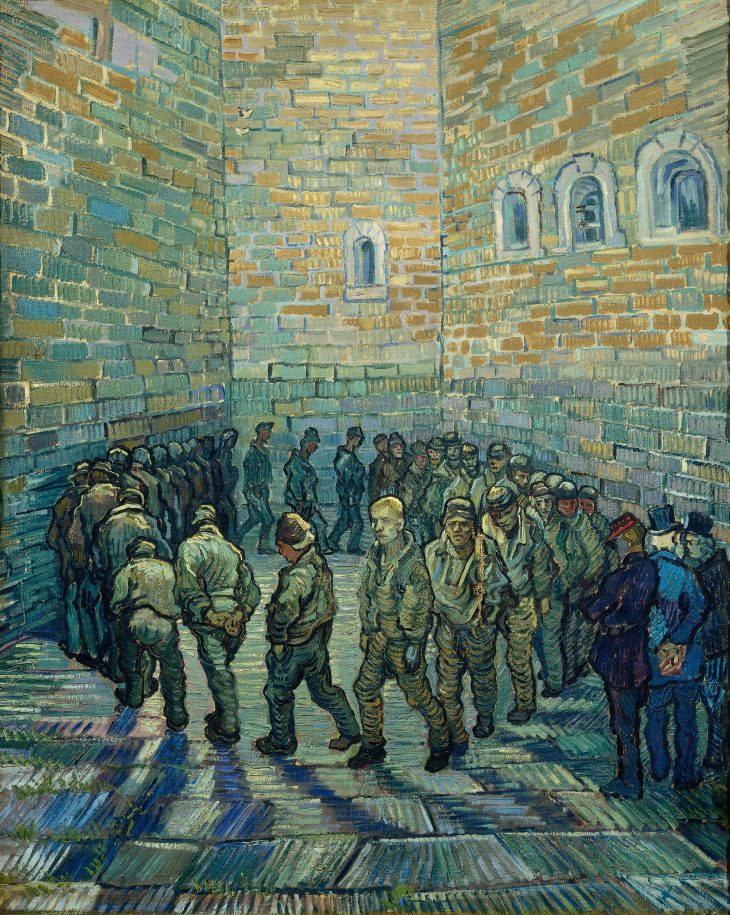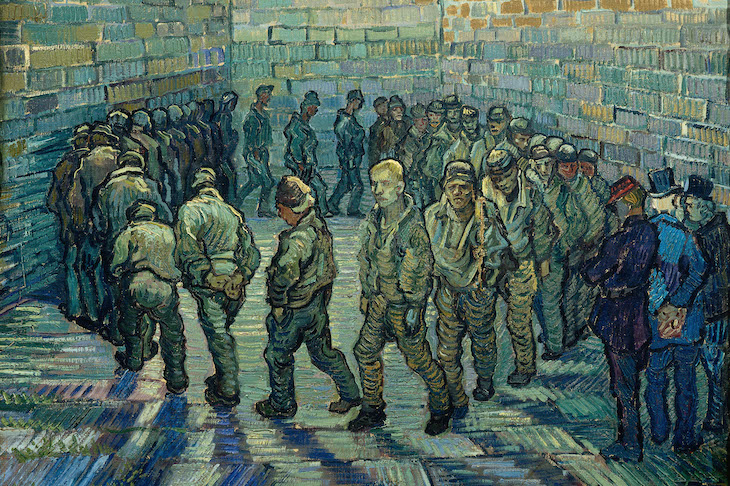At the age of 20, Vincent van Gogh moved from The Hague to London, where he continued his apprenticeship to the art dealers Goupil & Cie at their branch on Southampton Street, Covent Garden. This exhibition is the first to explore the affinity with British art and writing that the young artist developed during his time in London and beyond, and which would remain with him for the rest of his career. It also looks at the influence Van Gogh exerted on British painters such as Walter Sickert and Francis Bacon. Find out more about the exhibition at Tate Britain from the Tate’s website.
Preview the exhibition below | View Apollo’s Art Diary here

Shoes (1886), Vincent van Gogh. Van Gogh Museum, Amsterdam (Vincent van Gogh Foundation)
During his first stint in London, Van Gogh was struck by the painting of Constable and Millais, but perhaps more especially by literary figures such as Shakespeare and Dickens. In 1882, he wrote that ‘my whole life is aimed at making the things from everyday life that Dickens describes’. Van Gogh’s social realist canvases of the mid 1880s, such as The Potato Eaters (1885) and this famous image of a peasant’s worn-out shoes from the following year, possess the same qualities of ‘nobility’ and ‘sympathy’ in their depiction of poverty that he admired in Dickens’ novels.

L’Arlésienne (1890), Vincent van Gogh. Photo: João Musa; courtesy São Paulo Museum of Art
Van Gogh’s enthusiasm for British culture persisted throughout his move to Amsterdam, Paris and subsequently to Arles. This late portrait of a young Arlésienne woman, composed of the thick horizontal brushstrokes and large, distinct areas of uniform colour (a distinguishing feature of the artist’s impassioned spell in the south of France), includes a favourite novel by Dickens on the table.

Prisoners Exercising (1890), Vincent van Gogh. © The Pushkin State Museum of Fine Arts, Moscow
Van Gogh was also an avid collector of prints and engravings; this painting of prisoners at Newgate was composed after a print in his collection by Gustav Doré. Painted when he was staying at an asylum in Saint-Rémy de Provence in the final year of his life, it is Van Gogh’s only canvas that depicts a London scene.

Study for a portrait of Van Gogh (1957), Francis Bacon. Courtesy Tate; © The Estate of Francis Bacon. All rights reserved. DACS, London.
As Van Gogh’s posthumous fame grew in Britain throughout the 20th century, so did his influence upon British painting. Works by William Nicholson and Vanessa Bell reveal their debt to the Dutch artist, while the exhibition also features Francis Bacon’s famous series of portraits of Van Gogh, with the latter set in shadow against a withered landscape in vivid primary colours.











![Masterpiece [Re]discovery 2022. Photo: Ben Fisher Photography, courtesy of Masterpiece London](http://www.apollo-magazine.com/wp-content/uploads/2022/07/MPL2022_4263.jpg)
Has the Fitzwilliam lost the hang of things?